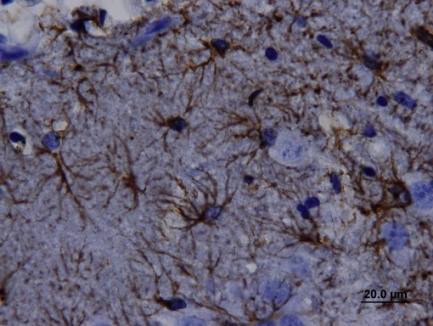Dr. Abolhasan Ahmadiani
Professor, Neuroscience Research Center
Best values: respect, integrity, creativity, agility and teamwork
By employing multidisciplinary approaches which include molecular, cellular, histological and behavioral studies, this laboratory is aimed to advance the understanding of the molecular, cellular and system level functions of central nervous system in health and pathological states. The focus is mainly on neurological and neuropsychiatric disorders, sharing a striking number of common pathological features including neuroinflammation and neurodegeneration.
This laboratory provides research direction toward preventive and/or regenerative medicine with the long-term goal of transition from basic science to applied.

Molecular biology techniques:
PCR, RT-PCR and qRT-PCR (real-time); Gene Cloning; Lentiviral-mediated gene overexpression/ gene silencing; Immunoblotting techniques including Dot blot, Western Blot, Immunocytochemsistry and immunohistochemistry.
Animal cell and tissue culture techniques:
Primary neuronal cell culture, organotypic culture and/or appropriate cell lines including PC12 (rat pheochromocytoma), BV-2 (mouse, C57BL/6, brain, microglial cells) and C6 (rat astrocytoma) are used for ex vivo central nervous system disease modeling, cell signaling studies and drug screening assays.
Behavioral techniques:
Experimental animals most commonly used in this lab are rats.
A range of different behavioral tests including Morris water maze, Y maze, Passive avoidance test, Novel object recognition test, Novel place recognition test and object-in-place recognition test are used to measure learning, memory, and cognitive performance in experimental animals.
The open field test is used as a common measure of exploratory behavior and general activity in animals, and Rotarod performance test, Beam test, Pole test, and Cylinder test are used for the assessment of motor coordination attributed to the function of dopaminergic nigrostriatal pathway.

